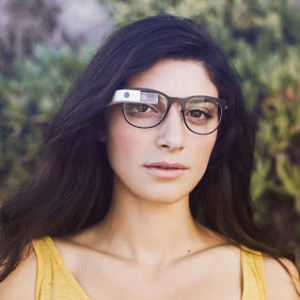 Reuters noticed late last week that all is not well in the world of Google Glass. Google CEO Sergey Brin recently walked into a high-profile event barefaced, they note. Glass is available on eBay for cheap and the project seems to resolutely to be resisting commercial release despite high-powered commercial partners. Seemingly released by the Reuters piece, bloggers spent the weekend piling on, too.
Reuters noticed late last week that all is not well in the world of Google Glass. Google CEO Sergey Brin recently walked into a high-profile event barefaced, they note. Glass is available on eBay for cheap and the project seems to resolutely to be resisting commercial release despite high-powered commercial partners. Seemingly released by the Reuters piece, bloggers spent the weekend piling on, too.
WSJ and TechCrunch also found that developers — ever-sensitive to market forces — appear to be backing sloooowly away. TechCrunch even used the “S-word” — “Segway” — to describe Glass’s abortive product.
None of this, of course, is much of a surprise to anyone paying even rudimentary attention to the world of wearables. A year ago, Glass was what most people thought of when they heard about wearable tech; now, it’s pretty clearly Fitbit that’s top-of-mind. Three differences: people can afford Fitbits (and find them in stores), Fitbits don’t make you look like a dork, and Fitbits have a use case (although there’s that pesky problem of retention).
It’s not that visors and glasses have gone away. Far from it. Vuzix is winding up a terrific year, with important alliances with SAP and Lenovo, and a move into the gaming market. There’s great software, from places like APXLabs, being written for Epson Moverio. Maybe you won’t see visors on the street the way Google suggested you would. But for enterprises and special-purpose consumer applications? That’s where the growth is.
Glass was a great experiment. Not all experiments succeed the way you think they will. Google may not have succeeded the way they thought or hoped they would with Glass; for all its wonders, Google hasn’t exactly shone as a hardware company. The industry and the world have learned some important lessons about wearables over the last year thanks to Glass. Better those lessons come from a company that can afford a failure or two.